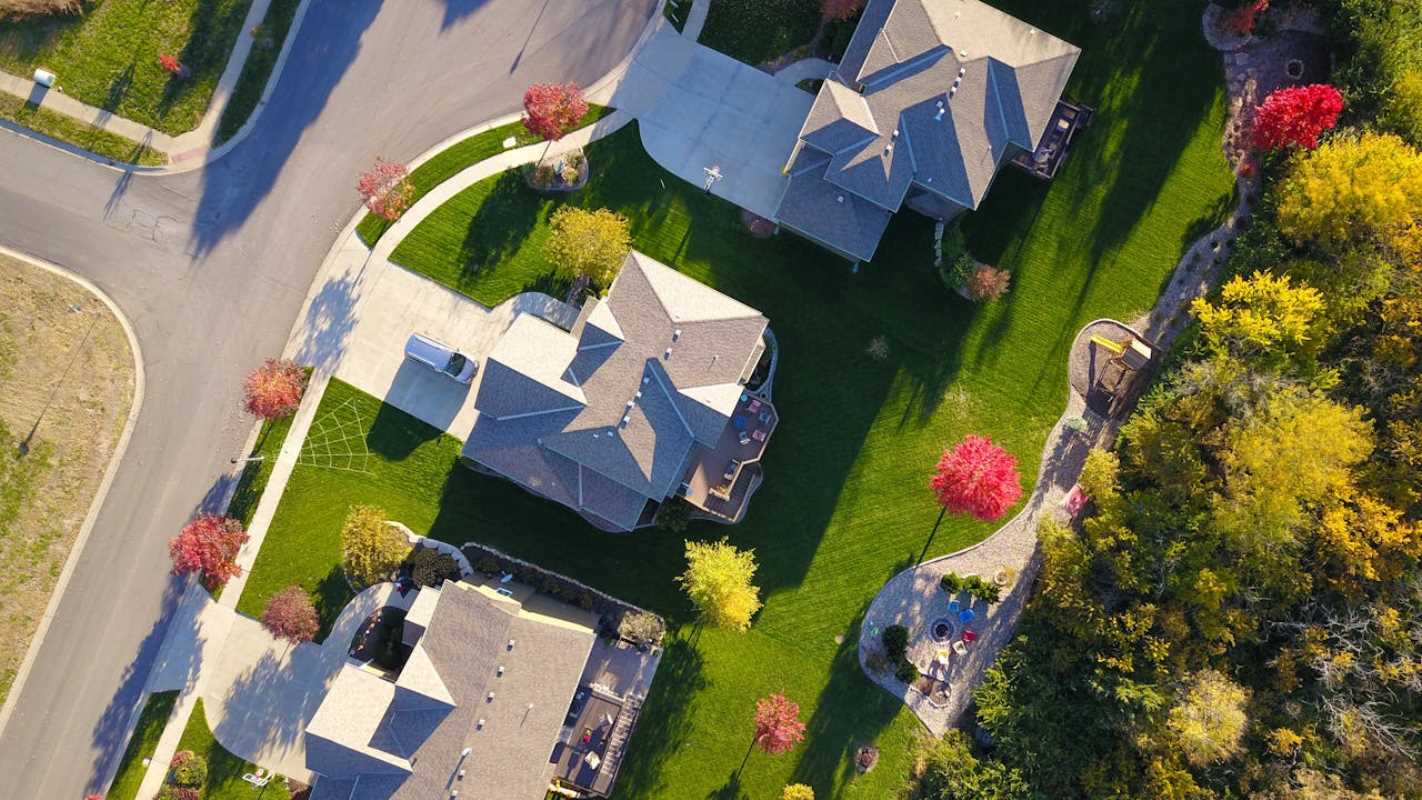Buying a home is a big milestone, but it can also feel a bit overwhelming. Between saving for a down payment, navigating hidden costs, and balancing your financial goals, the process might leave you wondering where to even start. The good news? Creating a smart, structured budget makes homeownership not just achievable but also less stressful. With the right plan, you can confidently take this important step toward owning your own home.
Here’s how to budget for homeownership in a way that feels manageable and rewarding.
Step 1: Explore Your Homeownership Goals
Before crunching the numbers, take time to clarify what kind of home you’re aiming for. Think about factors like location, size, and type of property (e.g., a single-family home, condo, or townhouse). Ask yourself:
- How much space do I need now and in the near future?
- What neighborhoods fit my lifestyle and work needs?
- Is this a long-term home, or will I likely move again in a few years?
Having a clear vision helps you set realistic financial goals and avoid overextending yourself for a home that doesn’t truly fit your needs.
Step 2: Save for Your Down Payment
Your down payment is one of the first hurdles on the path to homeownership. Traditionally, down payments are 20% of the home's price, but many lenders allow as little as 3-5% down. Keep in mind, however, that a lower down payment might mean private mortgage insurance (PMI), which adds to your monthly costs.
Tips for Saving:
- Set a target: Research average home prices in your desired area and calculate your down payment goal. For instance, if homes in your chosen neighborhood average $300,000, consider whether a 10% ($30,000) or 20% down payment ($60,000) is most realistic for you.
- Automate your savings: Set up automatic transfers to a dedicated “home fund” savings account.
- Cut extras: Temporarily reduce expenses like dining out or streaming subscriptions to boost your savings. For example, skipping one $100 monthly subscription saves $1,200 in a year.
- Boost income: Take on freelance work, rent a room, or sell unused items. Selling a rarely used bike or designer bag might add a quick few hundred dollars to your fund.
- Use windfalls wisely: Tax refunds and bonuses can help you make significant leaps in meeting your savings target.
If you’re eligible for first-time homebuyer programs, look into grants or low down-payment mortgage options. These can make homeownership more accessible without compromising your budget.
Step 3: Factor in the Hidden Costs
Many first-time buyers focus on the down payment but forget about the other costs of homeownership. From transaction costs to recurring expenses, it’s important to budget for these to avoid surprises.
Closing Costs
These can include lender fees, title insurance, and appraisal charges, typically amounting to 2-5% of the home’s purchase price. For example, buying a $300,000 home might require $6,000 to $15,000 in closing costs. Be prepared to pay this upfront unless your lender allows you to roll it into your mortgage.
Ongoing Costs
- Property taxes: These vary regionally but often add thousands annually to your expenses. For example, if property taxes are 1.2% in your area, buying a $250,000 house equates to $3,000 per year in taxes.
- Home insurance: Expect to pay $1,000–$2,000 yearly, depending on location and coverage.
- Utilities: These include water, electricity, gas, internet, and trash pickup. A midsized home’s monthly utility bill might range from $200 to $400.
- HOA fees: For homes in communities with shared amenities, these can range from $150 to $600 monthly.
- Maintenance and repairs: A smart formula is saving 1-3% of your home’s value each year. On a $250,000 home, that’s $2,500 to $7,500 annually for upkeep and repairs, like HVAC servicing, roof work, or plumbing upgrades.
Step 4: Calculate Your Affordable Mortgage Payment
To figure out how much house you can afford, calculate your maximum monthly housing budget. Lenders often recommend spending no more than 28-30% of your gross monthly income on housing costs, including your mortgage, taxes, and insurance.
Example:
- Monthly income: $6,000
- 30% housing budget guideline: $6,000 x 0.30 = $1,800
This $1,800 would need to cover the principal and interest on your loan, property taxes, and homeowners insurance.
Consider using an online mortgage calculator to see how different home prices affect your monthly payments. Opt for a price point that not only fits your budget but leaves you room for savings and day-to-day needs.
Step 5: Build Your Emergency Fund
Owning a home means being prepared for the unexpected. From a broken furnace to a leaky roof, emergencies happen. That’s why having a fully funded emergency fund is crucial.
Aim to save three to six months’ worth of expenses before buying a home. If this feels like a lot, tackle it incrementally. Start with one month’s expenses, then work toward building more over time.
An emergency fund ensures you won’t need to rely on credit or dip into savings earmarked for other priorities when issues arise.
Step 6: Balance Homeownership with Other Financial Goals
Buying a home is an exciting step, but it shouldn’t come at the expense of your other priorities. It’s important to strike a balance.
Tips for Financial Harmony:
- Retirement savings: Contribute at least enough to match your employer’s 401(k) contributions.
- Debt repayment: If you have high-interest debt, work on reducing it alongside saving for a home.
- Short-term goals: Keep a portion of your budget reserved for personal goals like travel or building a side business.
Balancing homeownership with other priorities ensures you’re building a stable and well-rounded financial future.
Step 7: Make It Manageable With Small Steps
Feeling overwhelmed? Take it step by step. Rather than fixating on a $30,000 down payment, aim to save $2,500 every three months. Automate contributions to your savings account and celebrate reaching each mini goal along the way. Progress, no matter how small, builds momentum.
Plan thoughtfully, and you’ll not only secure a home but also enjoy the peace of mind that comes with financial stability.
 (Image via
(Image via.jpg)





